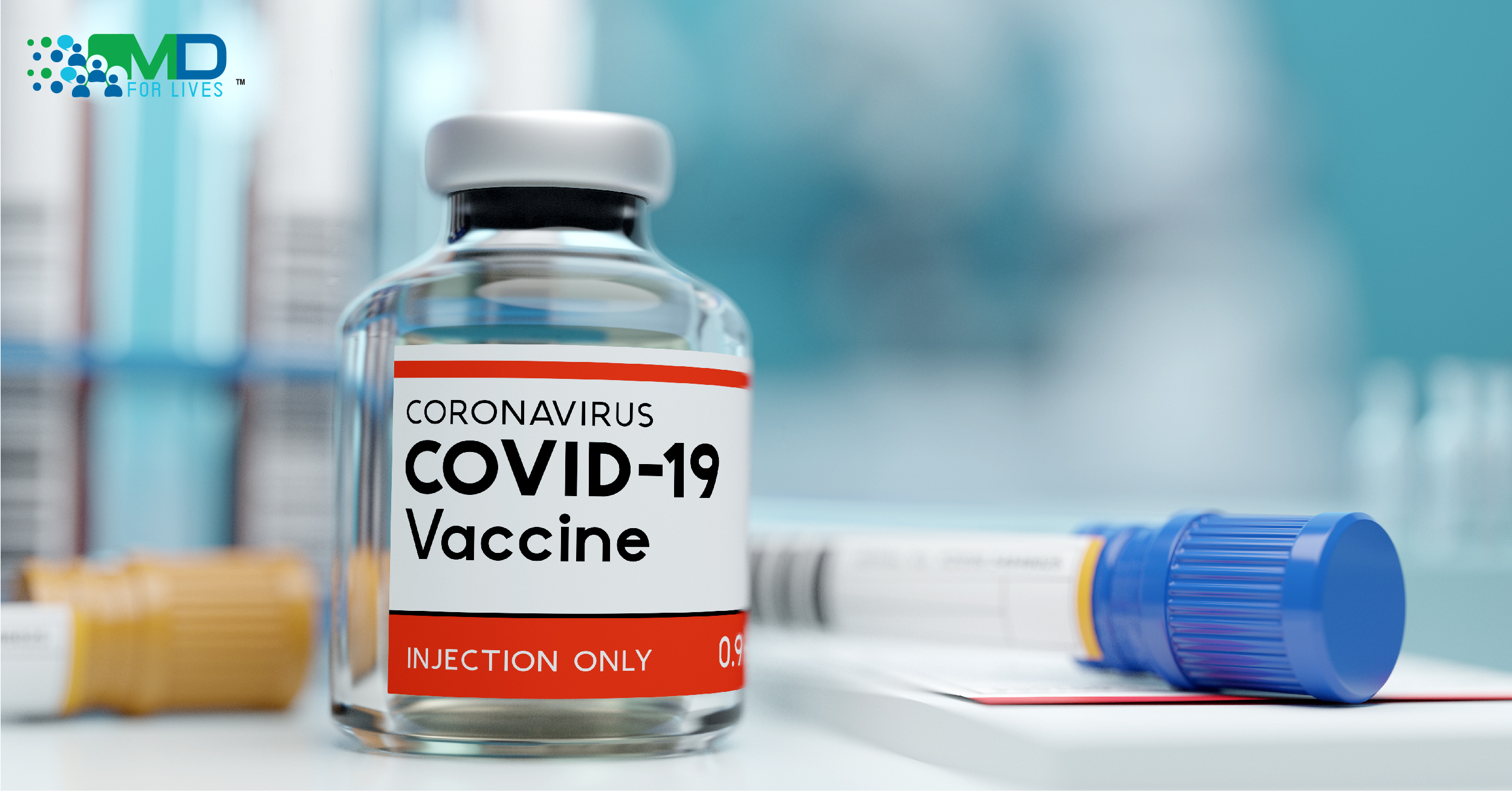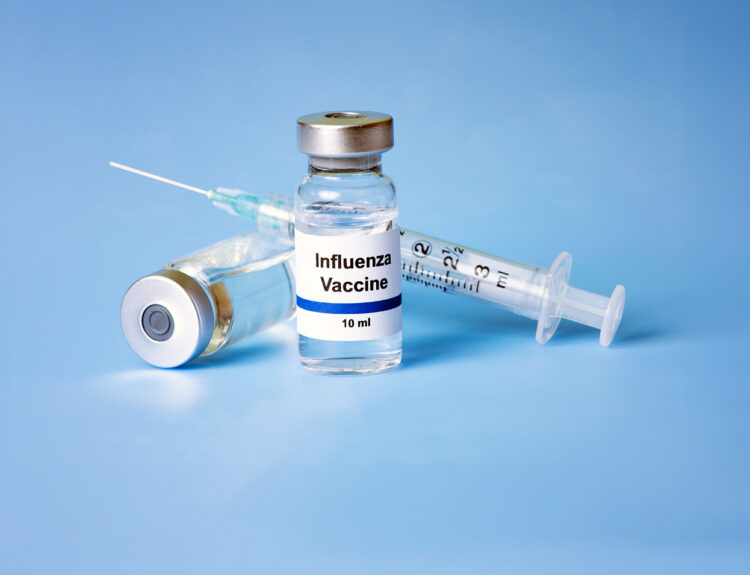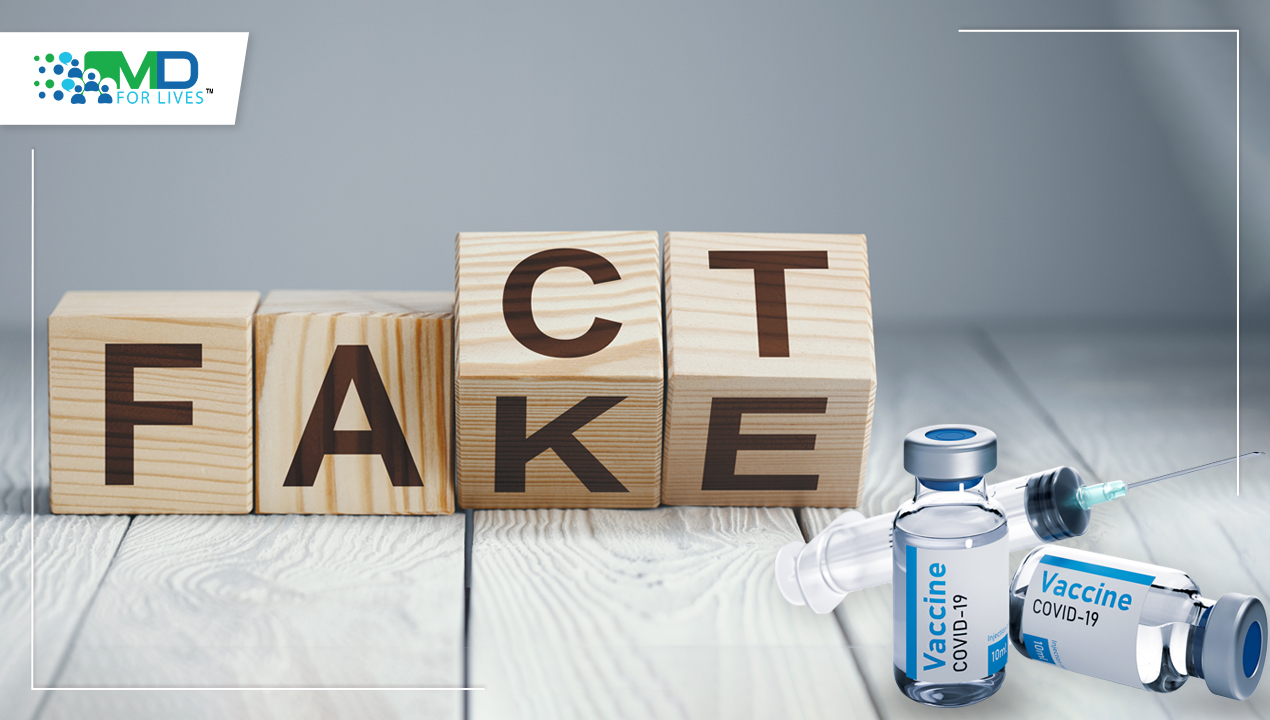Scientific developments typically require a good deal of time and money. Sadly, those two resources are not always in ample supply. Vaccines usually take years – even decades – to be made. Most of the time between trials may be spent waiting for grants and permits to be approved. Fortunately for COVID19 vaccine developers, governments and large corporations are working with them to fast track their work. Merely a year after the initial outbreak, vaccination products are swiftly making their way into the pandemic scene.
Here are some of the most promising Covid19 vaccine to date, how they work, and their effectiveness.
Pfizer and BioNtech Covid19 Vaccine
Pfizer uses a new type of Covid19 vaccine, including a portion of viral mRNA to start making a part of the virus, namely the easily recognizable coronavirus spike protein. The spike protein structure will prompt the immune system to produce antibodies and mobilize T-cells to destroy the viral cells. If the coronavirus enters a vaccinated person’s body, the antibodies and T-cells developed from the vaccination will be triggered to eliminate the virus efficiently. Vaccination requires two doses, administered three weeks apart. Some participants reported mild side effects, including fever and fatigue, though no severe adverse reactions have been recorded.
Though mRNA vaccines have never been approved for use in the past, they have been studied and incorporated in clinical trials for several years. Unlike live attenuated viral vaccines, mRNA serums do not carry live viruses; hence they cannot cause the disease in vaccinated persons. There are some concerns about mRNA products altering a person’s DNA, but these are false claims as it makes no changes to the vaccinated individual’s genetic code.

The Pfizer vaccine shows an astounding 95% effectiveness rate. This product is currently in combined phase 2 and 3 trials and was approved for emergency use in the UK on December 2 . Storage and distribution, however, maybe a bit tricky since the product has to be stored at deep freezing temperatures of -70 ºC (-94 ºF). The serum requires special dry ice packs for transport and may be stored between 2-8C for up to five days before use. Despite the vaccine’s promising features, Pfizer Inc CEO Albert Bourla has expressed his concerns about whether or not it can prevent vaccinated people from transmitting the virus to others if they have it. Further trials will be needed to fully understand the vaccine’s characteristics, including possible rare side effects.
Moderna COVID19 vaccine
The Moderna formulation also uses mRNA fragments to promote an immune response. The developers were the first to enter human trials for their COVID19 vaccine, and on November 30, the company requested emergency use authorization from the USFDA just two weeks after Pfizer did. Additionally, the company claims a 94.5% effectiveness rate – very close to that of Pfizer’s rating.
Moderna’s formulation is easier to store than the Pfizer one as it only requires a temperature of -20C, which is closer to a typical freezer’s standard temperature. Two injections spaced four weeks apart are required for a vaccinated individual to build an immune response fully.
AstraZeneca and Oxford University vaccine
With the elderly population most at risk for severe COVID-19 complications, researchers are ecstatic to discover that the Oxford vaccine elicits a strong immune response in older participants. Studies show that the immune responses of participants over 56 years old were almost as robust as those of younger participants [5]. Only mild side effects were reported across all age groups.
The Oxford vaccine has an effectiveness rate of 70%, which may seem subpar compared to the > 90% efficacy of the first two products. However, the Oxford serum might be easier to reproduce and distribute as it does not require freezing temperatures for storage. Experts suggest that the vaccine’s efficacy may be improved by adjusting the dose. An analysis involving 3,000 participants showed 90% effectiveness when the first dose was reduced to half. This may be because a lower initial exposure mimics actual infections more accurately.
Oxford scientists utilized Chimpanzee Adenovirus Oxford One (ChAdOx1), a template designed to hasten the creation of vaccines. A common adenovirus was isolated from chimpanzees, inactivated, and genetically modified to carry antigens for a specific disease. Exposure to the antigen triggers the production of antibodies and T-cells, providing active immunity.
Gamelaya Research Institute Vaccine (Sputnik V)
The Russian formula is based on an inactivated human adenoviral vector modified to carry a gene coding for the coronavirus spike protein. Two different viral vectors are used to amplify the immune response and provide lasting immunity. The vaccines are stored as lyophilized products and are relatively easy to store at 2-8C. The second injection is given 21 days after the first one. The Sputnik V developers claim a 91.4% efficacy rate and suggest that volunteers who had been given the COVID19 vaccine in its earlier phases demonstrate a 95% efficacy. The strengthened immune response may result from the unique two-vector approach taken by Gamelaya developers.
There has been some controversy surrounding the seemingly premature announcements made on the development of the Sputnik-V vaccine, most notably its “approval for use” before the commencement of its Phase 3 trials . The developers have duly modified their testing plans, and the ongoing Phase 3 trials currently have 40,000 participants. Since the initial human trials, no severe side effects have been reported.
Safety is a significant concern for most people regarding inoculation. Hastily run trials may cause faulty products, which in turn may worsen the complications of the coronavirus. All of the vaccines mentioned have yet to be peer-reviewed and published by a scientific journal. Hence, shortly, when numerous vaccine types become available, recipients should still exercise caution in choosing the best formulation for them. As it always is where science is concerned, relentless and meticulous research is the key to progress.







